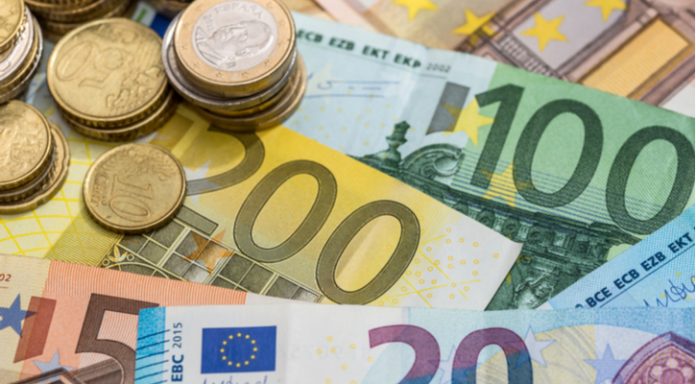- Euro (EUR) looks to Eurozone service sector pmi, after stronger than forecast unemployment figures on Thursday
- US Dollar (USD) trades flat as strong data is offset by rising US coronavirus numbers
- Trading volumes expected to be thin as the US is closed in observance of Independence Day public holiday
- Euro US Dollar exchange rate trades in narrow range US$1.12287- US$1.1250
The Euro US Dollar exchange rate is trading flat as investors weigh up signs of the global economic recovery gathering pace against rising coronavirus numbers in the US.
Risk sentiment is underpinned after data revealed 4.8 million jobs were created in the US in June. This was over 50% higher than the 3 million jobs that analysts had expected. The unemployment rate dropped by more than forecast to 11.1%, down from 13.3% in May.
Adding to the upbeat mood, data from China revealed that China’s service sector grew at the fastest pace in over a decade in June as the easing of lockdown measures in the world’s second largest economy revived consumer demand. The Caixin/Markit Chinese service sector pmi rose to 58.4, the highest level since April 2010 as the economy continues to recover from lockdown paralysis.
Whilst data supported risk sentiment, rising US coronavirus numbers are dragging on the mood. The daily number of covid-19 cases in the US rose by over 50,000 again the past 24 hours. Fears continue to grow that the economic recovery will be stopped in its tracks as areas in the US halt the reopening process and in some cases are rolling back measures.
Mixed messages in risk sentiment is keeping the safe haven US Dollar well balanced versus the riskier Euro.
Euro investors will look ahead to the release of Eurozone service sector PMI data. Analysts are expecting the data to confirm the preliminary reading of 47.3. This would be confirmation that the pace of contraction in the region is slowing.
The data comes after data yesterday revealed that the rate of unemployment in the eurozone increased at a slower pace than what analysts had forecast, adding to optimism that the downturn in the region isn’t as severe as originally feared.





